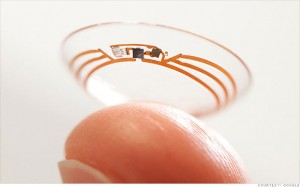November is National Diabetes Month. Diabetes is a controllable condition that is growing in the US. In adults 20 and older more than one in 10 people have diabetes, while in seniors (65 and older) that number increases to more than one in four.
Diabetic Eye Diseases
One of the eye diseases that can result from diabetes is diabetic retinopathy, which will affect approximately 11 million people by 2030. Check the infographic below to learn more about diabetic eye diseases.
11/3/15
 Courtesy of the National Eye Institute (NEI), a part of NIH.
Courtesy of the National Eye Institute (NEI), a part of NIH.






